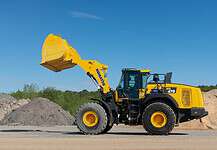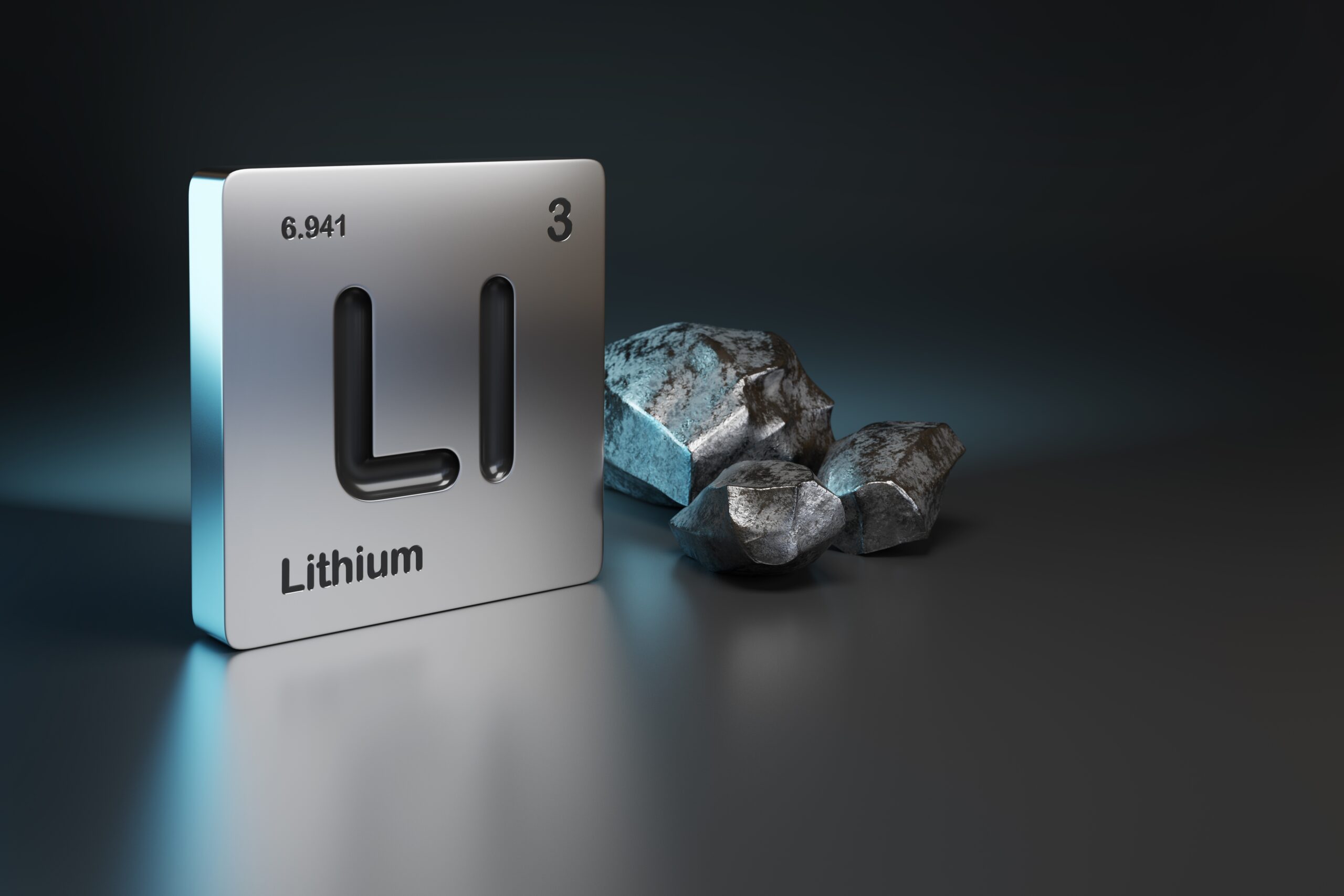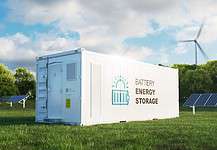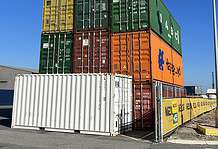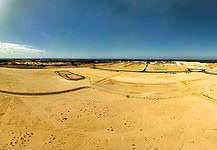ALKANE Resources is striving to capitalise on lithium and rare earths demand with cash flow from its Tomingley Gold Operations in NSW driving development of the nearby poly-metallic Dubbo project.
Early this year operations at Tomingley, which had historically produced 1 million tonnes of gold per annum, transitioned from open pit to underground mining.
Both the main decline and vent portals had been established and first production of ore was expected by the second half of 2019.
In a statement, Alkane managing director Nic Earner said the company had a strong financial year ahead to June 2019 with a production guidance of between 35,000 and 40,000 ounces of gold at an All-In Sustaining Cost of between$1050 and $1150 per ounce.
The company also had forward contracts in place for 28,500 ounces of gold at an average price of $1811/oz.
“This is another great half driven by the great team we have at our Tomingley gold operation,” Mr Earner said.
“Alkane’s strong balance sheet positions us well to execute our growth plans into 2019.
“With our development underground, our encouraging exploration, our development ready Dubbo project and our strategic investments we look forward to the rest of this year.”
The Dubbo project was development ready with the company’s strategic priority including securing financing.
The project comprised of a large in-ground resource of zirconium, hafnium, niobium and rare earth elements, and had a potential mine life of more than 75 years due to significant extension and expansion potential.
As an advanced poly-metallic project outside China, the Dubbo project had a potential strategic and independent supply of critical minerals for a range of sustainable technologies and future industries.
Alkane indicated the project would position the company as a significant world producer of critical technology metals with the preferred approach to produce high-value downstream high-grade products.
The company also said that securing a supply of critical technology metals was vital to advanced technologies for clean energy, transport and manufacturing: rare earths, hafnium, zirconium and niobium.
Alkane’s wholly owned subsidiary, Australian Strategic Materials (ASM), was working towards securing offtake contracts and a resultant strategic investor in the project.
Alkane remained hopeful that the increased regulatory pressure within China should cause further price movement within the market, which may create a catalyst for offtake contracts.
China’s first national law on soil pollution came into effect on the January 1 which included remediation costs for owners of any polluted land (including past and present contamination) which would be including in operating costs and passed down to consumers.
This could result in a more level playing field for western producers when the full costs of production are accounted for, particularly for zirconium and rare earths products – such as that which would be produced by the Dubbo project.
The long-term outlook for the zirconium chemical industry indicated increased demand and supply chain issues for critical metals and materials, including rare earths, zirconium, and hafnium.
Federal Resources and Northern Australia minister Matt Canavan echoed the outlook, releasing a statement on Australia’s ability to become a major global supplier of minerals critical to 21st Century technologies.
“Australia is already demonstrating it can meet the needs of key trading partners in a range of critical minerals,” Mr Canavan said.
“We are one of the world’s top five producers of antimony, cobalt, lithium and rare earths, minerals rated as ‘critical’ by the US, UK or EU.”
The Dubbo project was a well-placed, low risk, and development ready non-Chinese supply of these critical minerals which Alkane would continue to seek fair and binding offtake agreements for in 2019.
Gold Strategy
The company had also followed a gold investment strategy, which included investing in junior gold mining companies and projects like Calidus Resources – to which Alkane could bring high additional capital, expertise and operating capability.
In October 2018 Alkane invested in Calidus due to its excellent prospects in WA and its highly feasible development path, and held about 10.2 per cent interest in the junior.
A strategic placement to Alkane Resources of 125 million shares at 2.95 cents per share raising $3,687,500 along with the strategic technical alliance allowed Calidus to leverage Alkane’s operational experience and cost base to assist in its exploration drilling campaign at its 1.25 million-ounce Warrawoona gold project in the Pilbara, WA.
“The Warrawoona region remains essentially unexplored outside of the immediate
Klondyke resource area and we believe that it is highly prospective for large mineralised orogenic gold systems,” Calidus managing director Dave Reeves said.
Alkane did not progress with its proposed investment into gold exploration company Explaurum Limited.
Exploration
Alkane had plans for extensive exploration program focussed on the immediate area to the south of the Tomingley, which featured a cumulative strike length of 2500 metres comprising the Roswell, San Antonio and El Paso prospects.
The objective was to define additional resources that had the potential to be mined either via open pit or underground operations which could add to the Tomingley Gold Operations.
RC and diamond core drilling was underway to further understand the potential for gold resources at Roswell, San Antonio and El Paso prospects.
Core drilling was underway at the Peak Hill gold mine, where a revamped resource was reported in October 2018 of 1.02 million tonnes grading 3.29g/t gold and 0.15 per cent copper (108,000oz) at a 2.00g/t gold cut-off.
This led Alkane to investigate the feasibility of extending the Peak Hill gold mine, 15km south of Tomingley, with potential for underground mining to access the resources for the Tomingley processing plant.
Alkane also had advanced gold copper exploration projects at the 100 per cent owned Northern Molong porphyry project, Wellington, Rockley and Elsienora prospects.
Wellington had a small copper-gold deposit which could be expanded, while at Bodangora (NMPP) a large monzonite intrusive complex had been identified with porphyry style gold copper mineralisation.
Gold and base metal mineralisation had been identified at the Rockley and Elsienora prospects.


